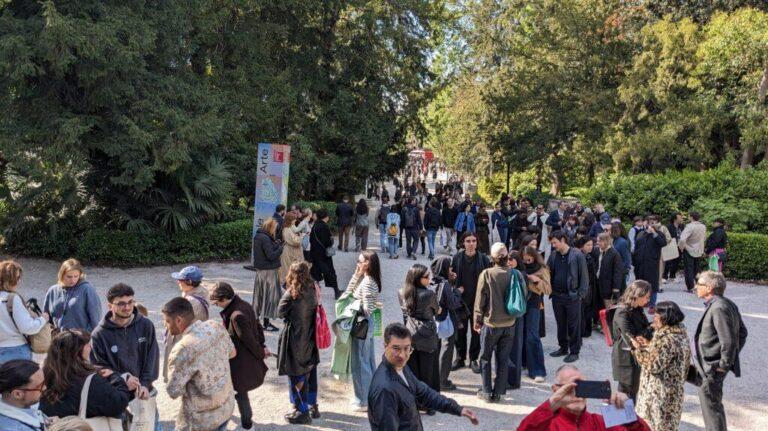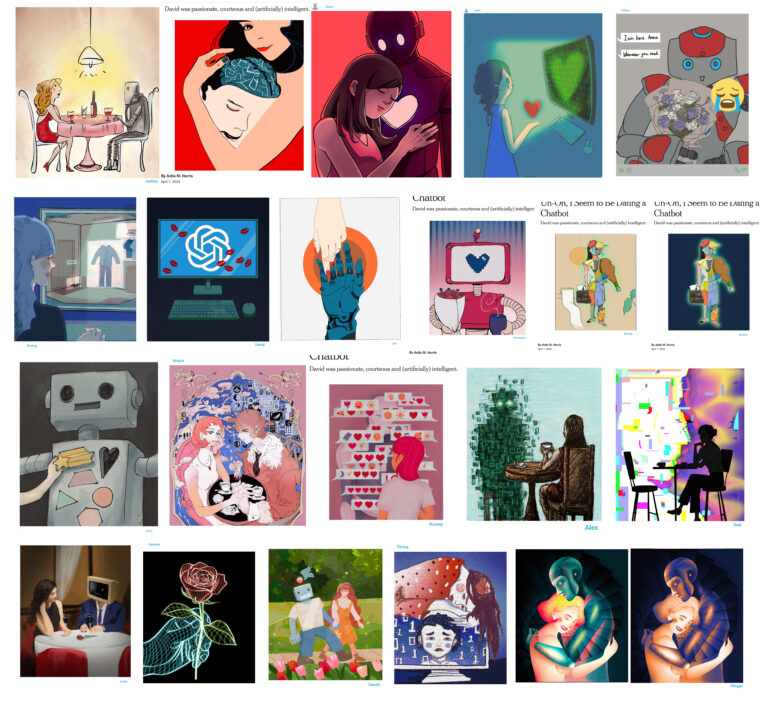
Mourning the recent sale of my childhood home in upstate New York, I took the Massachusetts Bay Transit System–affectionately known as the “T”– from Cambridge to the Institute for Contemporary Art, on the Boston waterfront, to see an exhibit titled “Home Less Home.” Described by the ICA as “immersive installations designed to explore the experience of leaving home,” the show was in the Watershed, a 15,000 square foot satellite space in East Boston, across the harbor from the main ICA building, Opened in 2018 and accessible by boat, the Watershed was rebuilt from a factory that manufactured copper pipes.
Getting off the MBTA at the Courthouse station, I could not see the ICA. When the museum opened there in 2006, it was one of the tallest, most modern buildings on the waterfront. Now, it was blocked by huge new structures—hotels, restaurants, office towers. I cut across what is ordinarily a parking lot in which, that day, vendors were selling clothing, food, art, toys and various gizmos. I then walked half a block to the ICA.
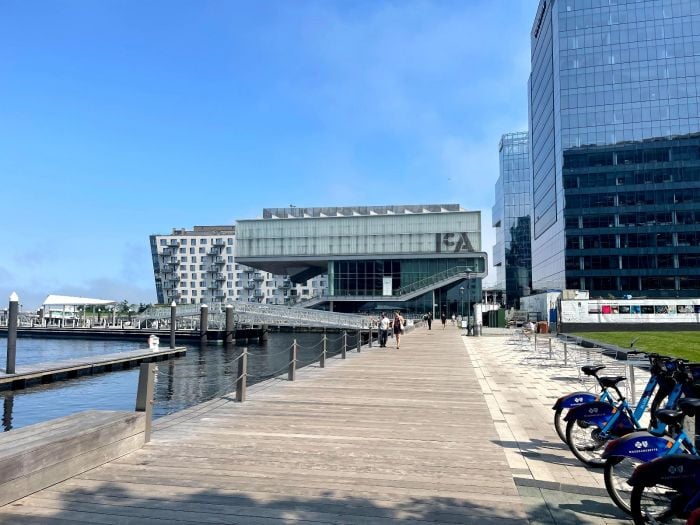
Photo Credit: Boston Central
The building was dingier than I remembered it, and smaller. Inside, though, the lobby, which held a few large works, seemed expansive–perhaps because, when it opened at 10 a.m., I was the only visitor. I snagged a ticket for the 11 a.m. shuttle boat to the Watershed and, with the café not yet open, went out in search of caffeine.
With Jimmy’s Harborside Restaurant demolished in 2007, my best bet seemed to be the nearby Tatte Bakery and Café—but it was packed, with long lines of people waiting to get in. I crossed Seaport Boulevard through what seemed like hordes of visitors– spectators, perhaps for a city-wide road race that had just begun. Braving the youthful, athletic crowds on the street, I felt like a tourist in what is, essentially, a new, ultramodern city within the old Boston I’ve known for 44 years. Starbucks was crowded, so I picked up a peach yogurt and plastic spoon at the CVS and headed back to the waterfront to wait for the boat.
Stationed at a small, white metal table perched on grass near the sidewalk, I was excited to be embarking on a voyage, leaving angst, crowds, and details of daily life behind.
The 10-minute boat ride across the harbor is always fun. The boat lies low to the water, splashing droplets onto the passengers (there were about eight of us) onboard. The captain, who later told me she’d been a hairdresser in Washington, DC before becoming a mariner, apologized for the roughness of the water.

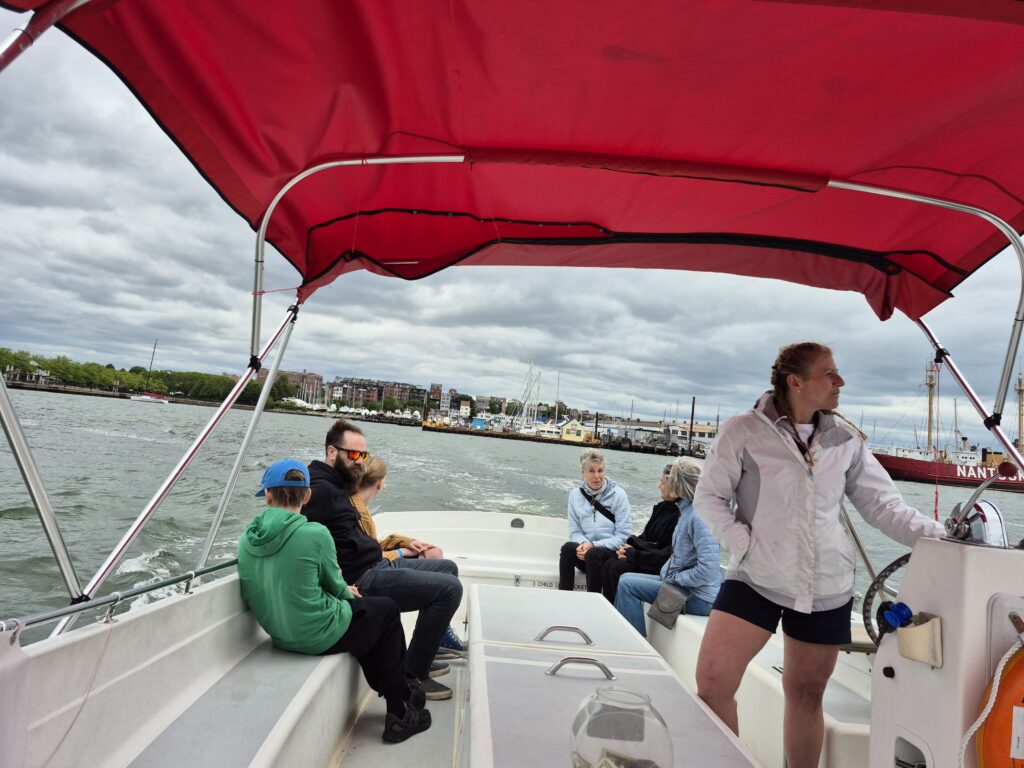
On shore, I headed through the marine yard –where modern artwork decorated old building walls–to the Watershed building.

Two installations by Berlin-based Japanese artist Chiharu Shiota (b. 1972) took up the entire exhibit space. Both included objects set within floor-to-ceiling “walls ” comprised of red and black string hung carefully from the high ceiling.
Home Less Home
In the first installation, vintage leather suitcases dangled from the strings—meant to show, perhaps, the experience of travel, going from one place to another, suspended between the future and the past.
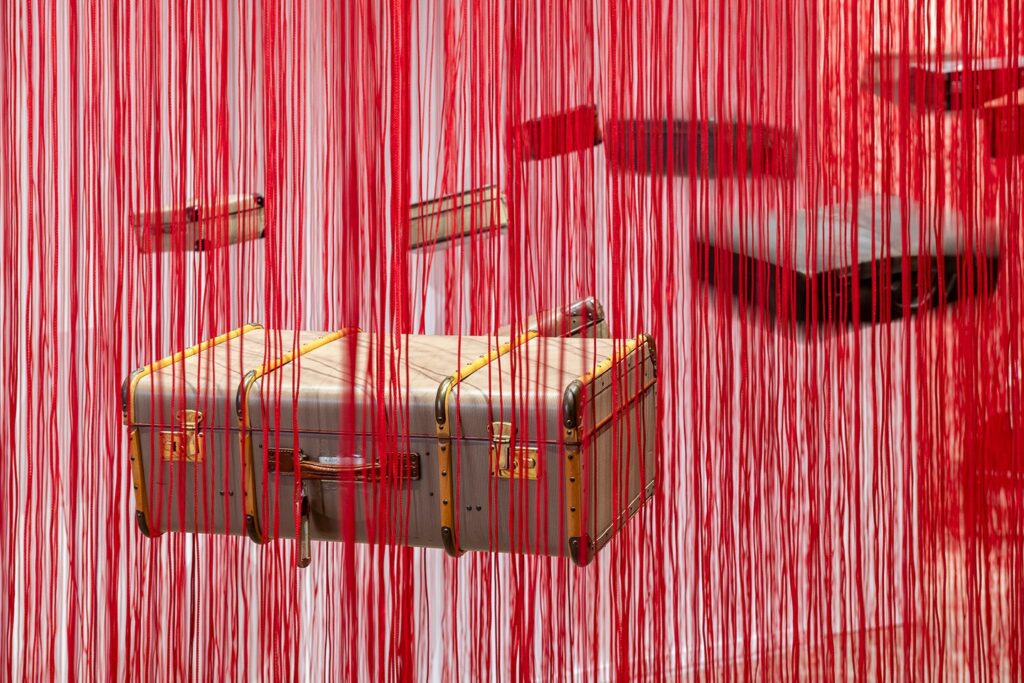
In the second, much larger installation, red strings outlined the outer shape of a house—in which black strings, in turn, set off hallways and “rooms” containing old antique beds, desks, chairs, tables, and paper documents.

At first, I was not much impressed by the setup: it reminded me of the months I had spent clearing similar furniture out of my childhood home. Nor was I enamored of hundreds of white papers, folded and crushed to hang amidst the ropes—having placed, or disposed of hundreds of cartons filled with remnants of my parents’ lives.c
But visitors to the exhibit included children—who seemed to delight in dancing in the aisles.

And, as I walked through “hallways” set off by vibrating lines of string, I had to admit the papers did resemble birds or clouds. I started to feel somewhat transported in a sky while standing firm on a cement floor, amidst furnishings from the past. Looking through the inner black strands to the outer, red ones felt like moving through memory, in sort of a fantasy space, which is what my childhood home had, for me, become.

*
Boating back across the water, I missed the shoreline from years ago, when a lone, modern, gleaming ICA had once stood out.
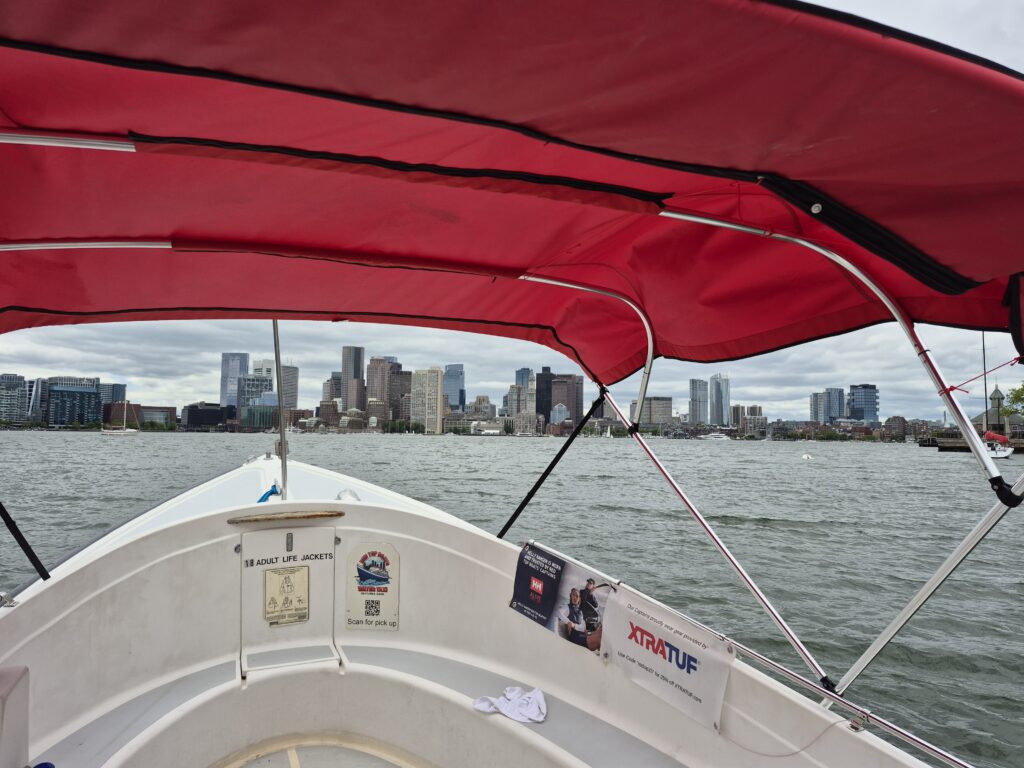
But, back on the dock, I found plenty that stood out: just outside the doorway to the ICA, grown men were playing teeter totter on sculptures that spun like tops.
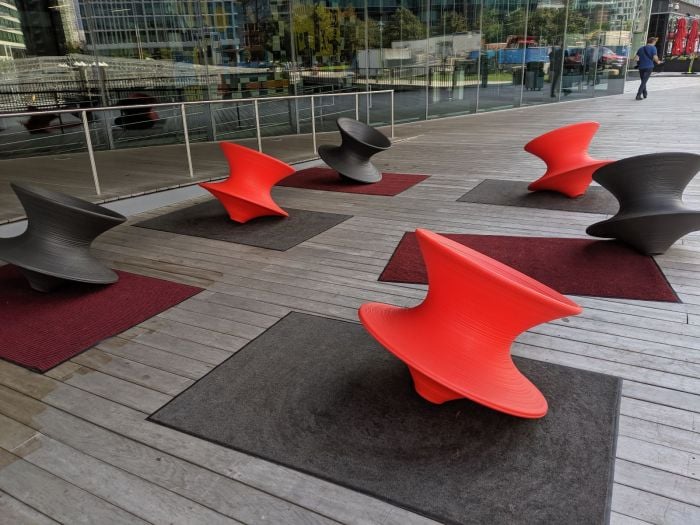
Photo credit: Boston Central
Two Exhibits
It was signs for two exhibits: “Believers: Artists and the Shakers,” and “How High the Moon,”, that drew me inside.
Believers: Artists and the Shakers
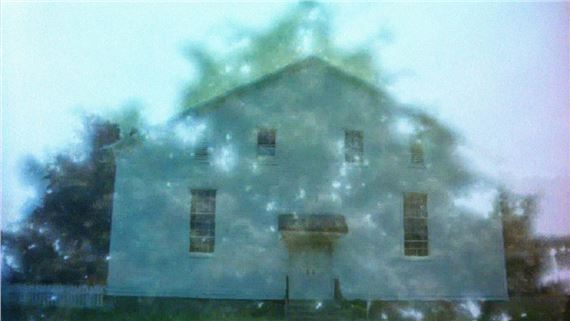
I was intrigued by “Believers: Artists and the Shakers” because the 1804 house we’d just sold was on Shaker Road, in Albany—and because my father, a cardiologist and early gerontologist, served as medical director for the Anne Lee Home—a nursing facility named for the founder of the Shakers, whose community near Albany was formed in 1775. I knew the Shakers were an offshoot of the Quaker Community in England, famous for their stark yet beautiful architecture and furniture, and that they valued communal living, celibacy, shared property, and gender and racial equality. Riding the elevator to the ICA’s fourth floor exhibition space, I thought back to ice skating on the Shaker Pond; visiting my second mom Dorothy, who resided at the Anne Lee Home until she passed away 10 years ago—and about how our 1804 house in Albany resembled those built by the Shakers.
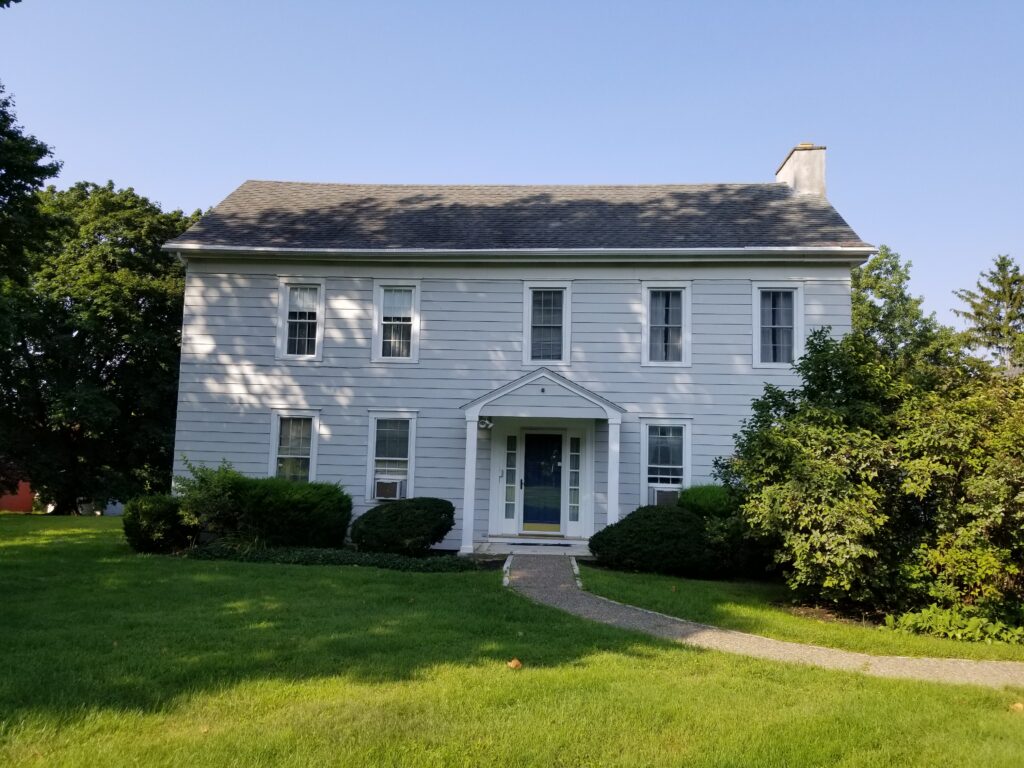
But I digress.
The current ICA show, “Believers: Artists and the Shakers,” presents artists’ interpretations of a different Shaker community: one in Sabbath Day Lake, in Maine, at which, in 1996, 10 artists were invited to live, work, and worship in what was, even then, the only remaining active Shaker colony. The resulting works were shown in 1998, in an exhibit called Believers: The Quiet in the Land, brought to the ICA by former ICA Director Jill Medvedow The current show, Believers: Artists and the Shakers, reunites a core group of works shown earlier–several of which were remade or reimagined for this exhibition—alongside more recent works by artists Jonathan Berger, Taylor Davis, Gordon Hall, Pallavi Sen, and Cauleen Smith. The works use creative forms to reinterpret and highlight objects and beliefs of a community from which, as of a year ago, the New York Times reported, only two members remained alive.
The tables depicted below are covered in inches of water—with plates floating on top. I confess I didn’t get the point, but surmise that the artist was having fun
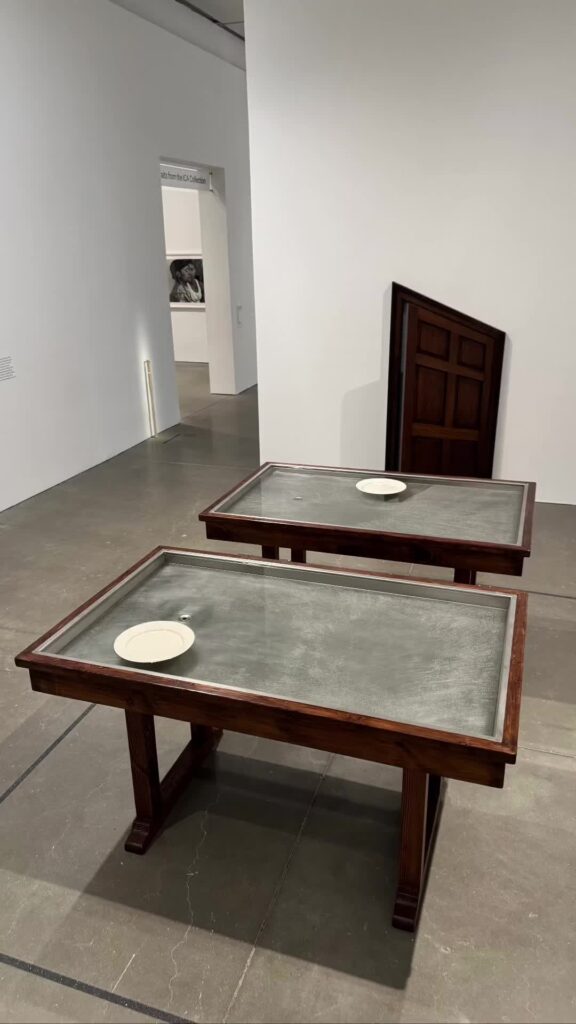
photo credit: ICA
“How High the Moon”
Also on the fourth floor, I visited “How High the Moon”, the first-ever retrospective of the work of Stanley Whitney (b. 1946). As described in an ICA writeup, the show “includes extensive installations of the artist’s improvisatory small paintings; drawings and prints, and a chronological selection of the artist’s sketchbooks spanning from 1987 to 2021…Throughout, his work is put in the context of his diverse sources of inspiration, [including] music, poetry, American quilts, and the history of art and architecture.
I found Whitney’s early paintings, comprised of color grids, somewhat repetitive, though reminiscent of the work of Dutch artist Piet Mondrian (1872-1944).


Artwork © Stanley Whitney. Photo: Mel Taing; credit: Gagosian gallery
But walking through the show, I realized that Whitney’s paintings became increasingly creative, passionate and free as time, and his skills and interests, progressed.
*
On my way back to the T, I came upon Memorial Day commemorations of the American soldiers lost to war—and, thinking about how, that day, they were i a sense been brought into our lives, I realized that my visit to the ICA had been transformational.


Studying the memorials, I reflected –and I continue to reflect–on how the present coexists with our memories of the past. And on how art can reaffirm and synthesize our connections with what has come before, providing grounding from which we create the future.
Chiharu Shiota: Home Less Home and Stanley Whitney: How High the Moon – will be on view until Sep 1, 2025 and Believers: Artists and the Shakers Aug 3, 2025
Chiharu Shiota: Home Less Home and Stanley Whitney: How High the Moon – will be on view until Sep 1, 2025 and Believers: Artists and the Shakers Aug 3, 2025
Unless otherwise credited, all photos are copyrighted by Anita M. Harris

